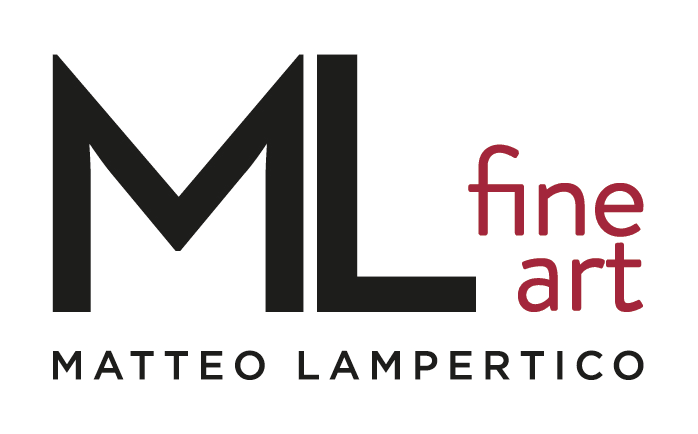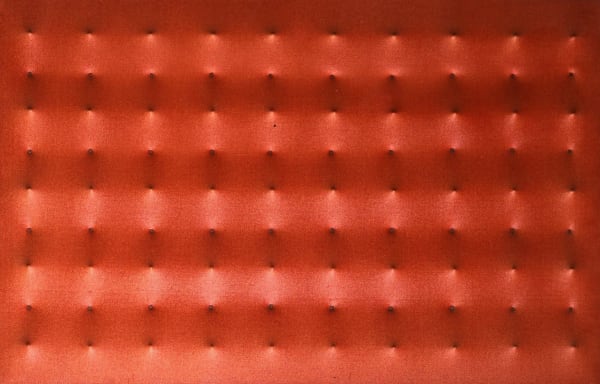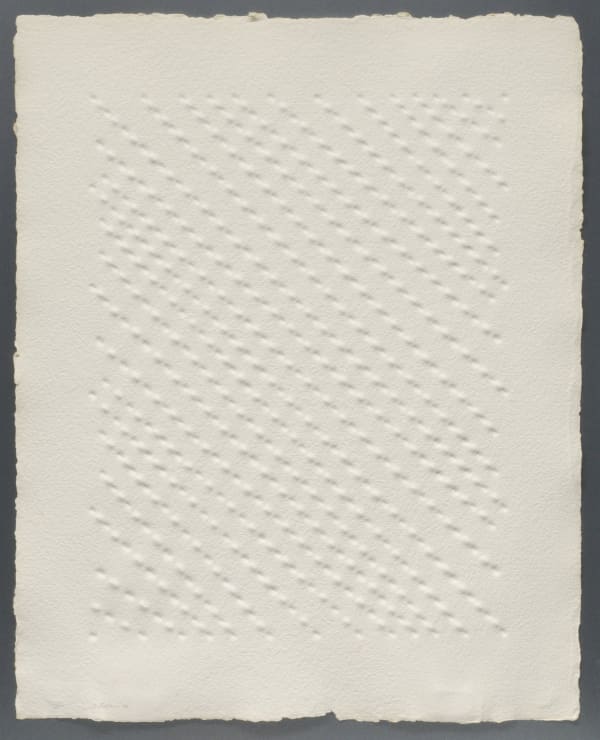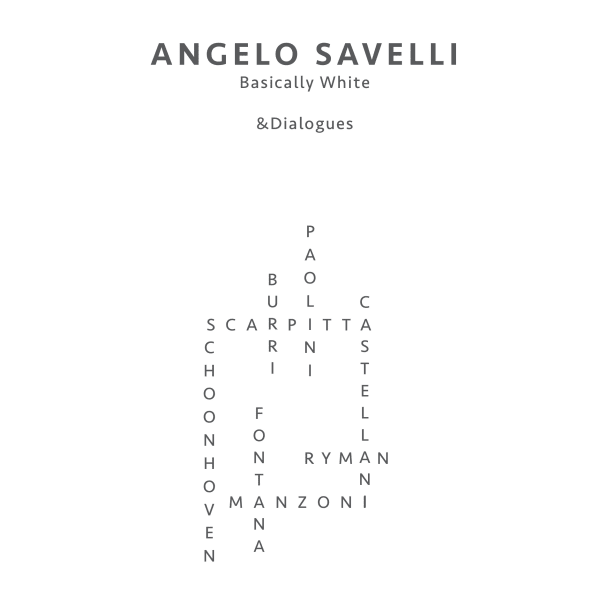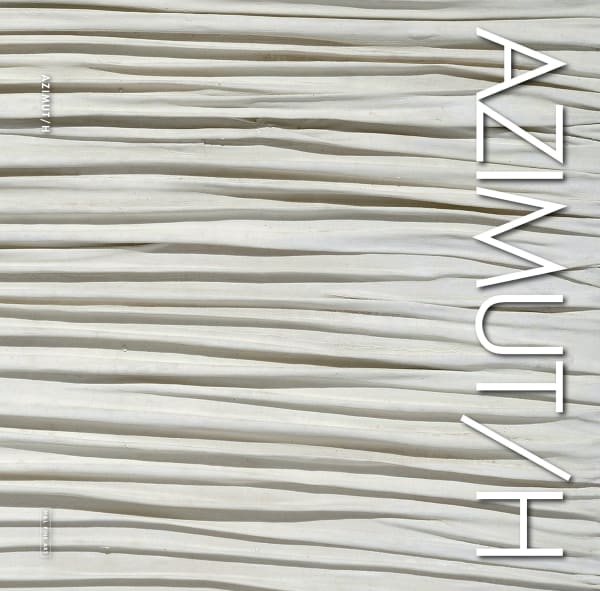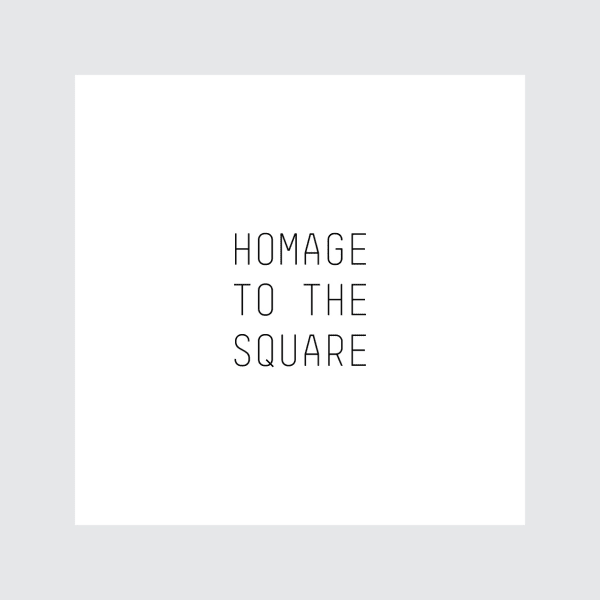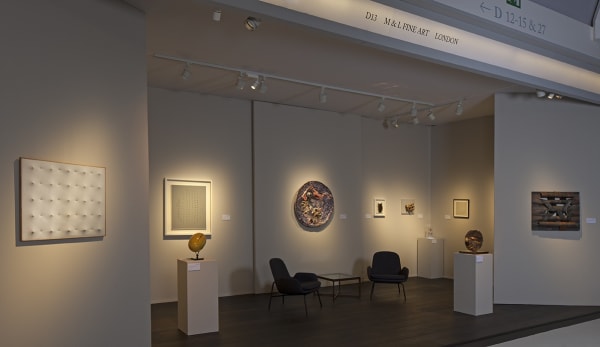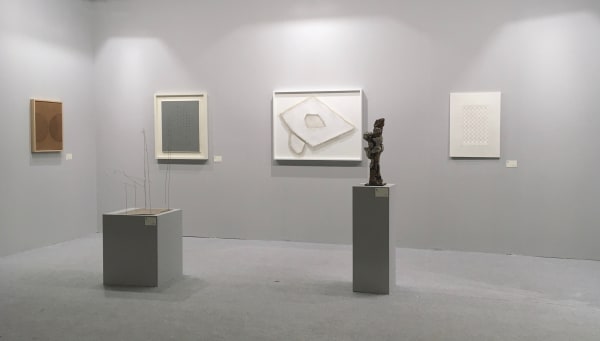Enrico Castellani Italian, 1930-2017
Enrico Castellani studied painting and sculpture at the Académie des Beaux-Arts and architecture at the École Nationale Supérieure in Belgium until 1956. In 1957 Enrico Castellani returned to Italy, where he became acquainted with Italian avant-garde artists Piero Manzoni, Lucio Fontana, Vincenzo Agnetti and Agostino Bonalumi in Milan and came into contact with Yves Klein and the group of German artists known as “ZERO”. In 1957-58 the legendary “ZERO” evening exhibitions of work by Heinz Mack, Otto Piene and Günther Uecker were held in Düsseldorf that were to be so influential in Italy as well. In 1958 Enrico Castellani joined the “Movimento Arte Nucleare” group to which Manzoni, Fontana, Picabia and Bonalumi also belonged. Castellani and Manzoni forged firm ties of friendship. In December 1959 the two artists opened Galleria Azimut in Milan. That same December also saw the launch of their journal, Azimuth. The aims of the Azimut artists were to ensure that art did not imitate; a work was to be entirely self-referential and possess reality and authenticity in its own right. Light and shade, space and structure should be contained in the work itself and not be elicited in viewers by means of sensory deception.
In 1959 Castellani showed his Superficie Nera works for the first time. To make them, he worked over his canvases with a nail gun to produce a relief surface that induced light and shade effects through alternating depressions and raised areas. Castellani left the canvases monochrome, usually white. In the 1970s and 1980s, Enrico Castellani also used other materials, including aluminum.
A large number of exhibitions continues to attest to Enrico Castellani’s status in the international art world. In 1964 Enrico Castellan’s works were displayed at the Venice Biennale in a solo room. In 1968 he took part in documenta 4 Enrico Castellani has lived in Cellano, near Viterbo, from 1975 until his death.
Source: www.enrico-castellani.com
-

Enrico Castellani: Works on paper
11 Dec 2015 - 26 Feb 2016As with all great artists in search of their own expressive style the beginnings coincide with a sequence of stimuli, inspirations and categorical refusals. His years of artistic formation took...Read more -

Homage to the square
20 Apr - 26 Jun 2015“Homage to the Square” is the title chosen by Josef Albers for all his works after 1950. These works comprise over one thousand paintings, all absolutely square in shape, in...Read more
Enrico Castellani was born in Castelmassa, Italy, in 1930.
Beginning in 1952, Castellani studied painting and sculpture at the Académie Royale des Beaux-Arts in Brussels; he graduated from that city’s École de La Cambre in 1956 with a degree in architecture. Upon completing his studies, Castellani returned to Italy where he took a clerical position at a Milanese architecture firm.
In the years just before 1960, nourished by the spirit of optimism promulgated by fellow Milanese artists such as Lucio Fontana, and enthusiastic about the potential of art freed from narrative constraints, Castellani produced a searching body of work that reveals the artist’s ability to transform canvases into original terrains. Works from this period include monochromes covered with tangled wires or dramatized by deep folds. In 1959 Castellani created the seminal Black Surface in Relief (Superficie nera in rilievo) by placing hazelnuts behind a canvas. Since 1959 Castellani has continued to reprocess the potent vocabulary established in that work, creating unexpected topographies by stretching canvases over arrangements of nail heads.
Castellani’s personal artistic development in the late 1950s was tied to his active presence in the Milanese art scene. United by shared ideals, Castellani and Piero Manzoni established two short-lived but significant ventures in 1959: the publication Azimuth and Galleria Azimut (both 1959–60). Like Heinz Mack and Otto Piene, the founders of Düsseldorf’s Group Zero, Castellani and Manzoni were interested in disassociating themselves from Tachisme and Art Informel, and new artistic approaches were discussed, realized, and presented in both the publication and the gallery. A key example is Castellani’s essay “Continuity and Newness” (1960), published in the second of Azimuth’s two issues. Between December 1959 and July 1960, Galleria Azimut presented thirteen exhibitions, including Castellani’s first solo show, the group show La nuova concezione artistica (The New Artistic Conception), and a solo show devoted to Mack”s work. Castellani and Manzoni’s joint projects in 1959–60 established Milan as an important center of activity for ZERO, a rapidly expanding international network of artists committed to redefining art and engaging light, space, time, and movement.
In the early 1960s, Castellani’s work was featured prominently in a number of ZERO exhibitions, including tentoonstelling nul (known as Nul 62) and nul negentienhonderd vijf en zestig (known as Nul 65), both at the Stedelijk Museum in Amsterdam (1962 and 1965, respectively), and Group Zero at the Institute of Contemporary Art at the University of Pennsylvania, Philadelphia (1964). The Fondazione Prada in Milan organized a major solo exhibition on Castellani in 2001. The artist has participated in notable group exhibitions including the Venice Biennale (1964 and 1966); The Responsive Eye, Museum of Modern Art, New York (1965); documenta 4, Kassel, Germany (1968); Identité Italienne: L’Art en Italie de 1959 à aujourd’hui, Centre Georges Pompidou, Paris (1981); and The Italian Metamorphosis, 1943–1968, Solomon R. Guggenheim Museum, New York (1994). Castellani was awarded the Praemium Imperiale award for painting in 2010.
The artist died in Celleno, Italy, in 2017.
-

miart 2025
3 - 6 Apr 2025We are pleased to announce our participation at Miart 2025. On this occasion our booth will showcase a selection of historically relevant paintings, sculptures and...Read more -
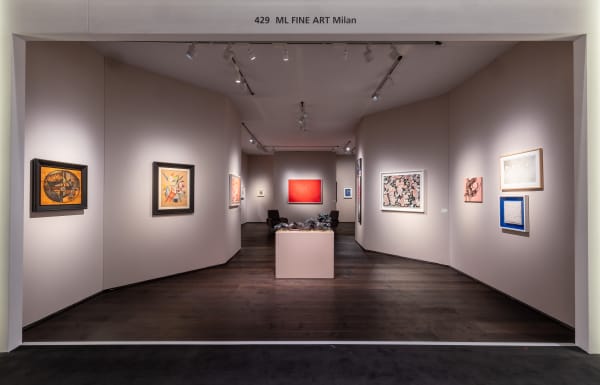
TEFAF Maastricht 2025
13 - 20 Mar 2025We are looking forward to seeing you at TEFAF Maastricht 2025! On this occasion our booth will showcase a selection of historically relevant paintings, sculptures...Read more -
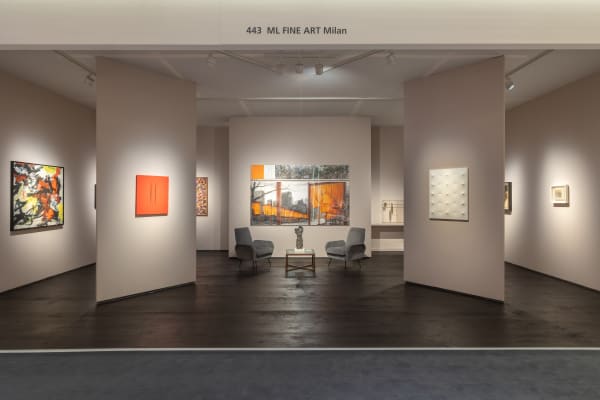
TEFAF Maastricht 2024
7 - 14 Mar 2024We are looking forward to seeing you at TEFAF Maastricht 2024! On this occasion our booth will showcase a selection of historically relevant paintings, sculptures...Read more -
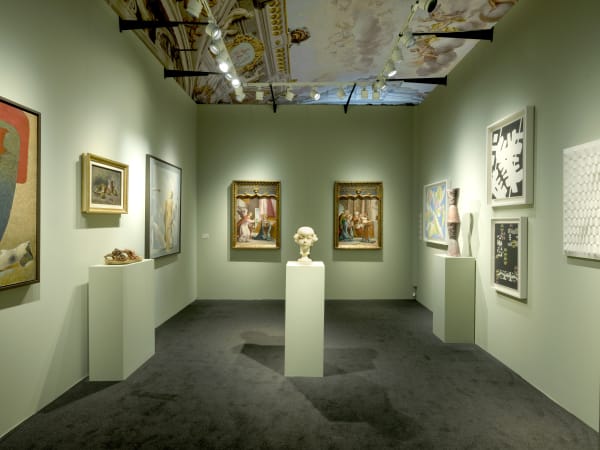
BIAF 2022
24 Sep - 2 Oct 2022ML Fine Art is pleased to announce the participation in BIAF Florence 2022. On this occasion our booth will showcase gallery's recent discovery, two panels,...Read more
-

Artgenève 2019
31 Jan - 3 Feb 2019Led by important and historic works by Théodore Géricault, Paul Gauguin, Lucian Freud and Piero Manzoni, M&L Fine Art's booth presented a tightly curated booth...Read more -

Masterpiece London 2018
28 Jun - 4 Jul 2018Read more -
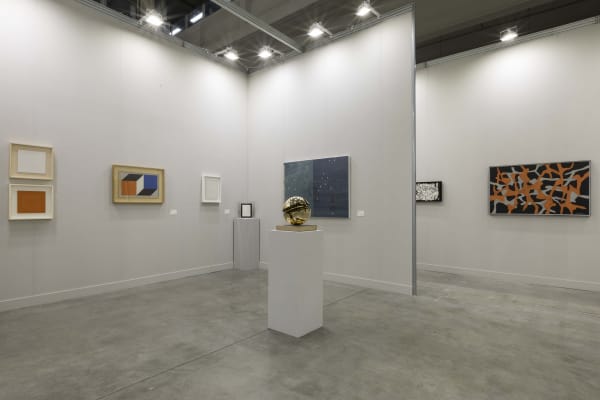
MIART 2018
13 - 15 Apr 2018Galleria Matteo Lampertico is pleased to partecipate at Miart 2018. Our booth will present a selection of works by Italian and Internartional artists, including Alighiero...Read more -

TEFAF Maastricht 2018
8 - 18 Mar 2018M&L Fine Art is pleased to announce its inaugural participation at TEFAF Maastricht. Our booth will present a curated selection of Italian and international post-war...Read more
